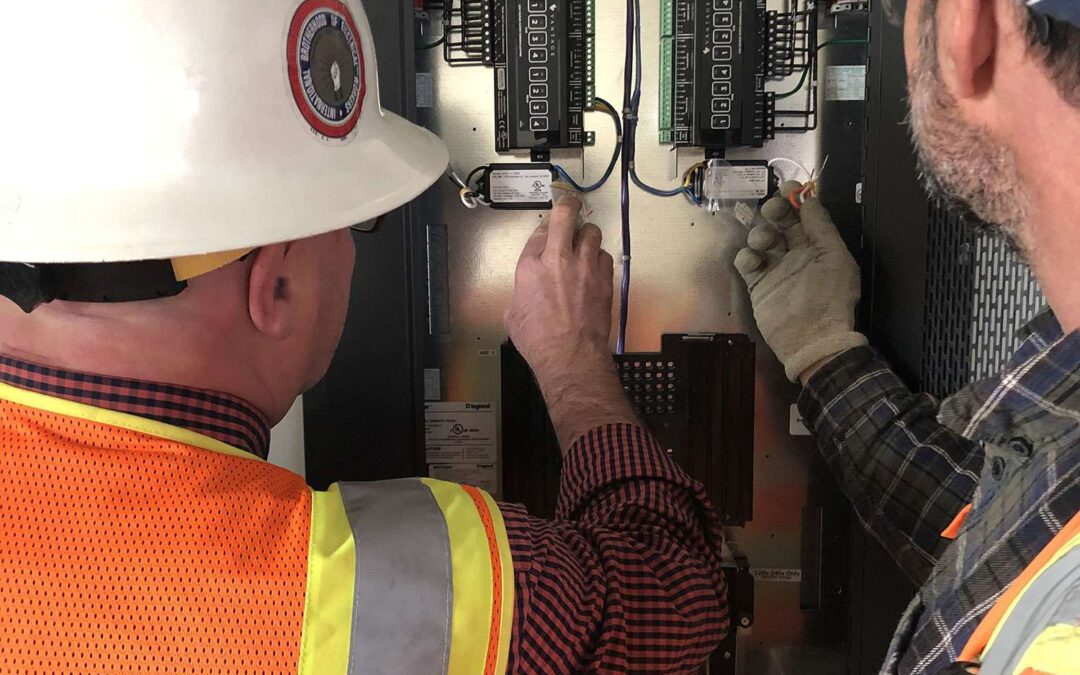Key Aspects of Title 24 Lighting Acceptance Testing
Title 24 lighting acceptance testing is a crucial component of the overall acceptance testing required for building compliance with California’s energy efficiency standards. This testing ensures that lighting systems in newly constructed buildings, additions, and alterations meet the energy performance criteria specified by Title 24, Part 6 of the California Code of Regulations. This process not only promotes energy savings but also contributes to California’s broader environmental sustainability goals. In this article, we’ll delve into the key aspects of Title 24 Lighting Acceptance Testing, shedding light on its components, procedures, and significance.
1. Lighting Controls and Systems
Occupancy Sensors: Verify that occupancy sensors are properly installed, calibrated, and functioning to control lighting based on the presence or absence of people in a space.
Daylight Harvesting Controls: Ensure that systems using daylight to reduce electric lighting are working as intended. This includes testing photocells and dimming controls.
Automatic Time-Switch Controls: Confirm that lighting systems automatically turn off or dim lights during unoccupied periods as per the scheduled times.
Manual Controls: Verify the correct operation of manual switches and dimmers for user control of lighting.
2. Documentation and Field Verification
Approved Plans: Ensure the installed lighting systems match the approved building plans and specifications.
Functional Testing: Conduct on-site tests to verify that all lighting controls and systems perform according to Title 24 requirements.
Calibration: Adjust settings for controls to ensure they operate within the specified parameters.
3. Common Lighting Acceptance Tests
Indoor Lighting: Includes tests for office lighting, retail lighting, and lighting in common areas of residential buildings.
Outdoor Lighting: Covers parking lot lighting, exterior building lighting, and landscape lighting.
Automatic Shut-Off: Ensures lights turn off automatically in areas that are not continuously occupied.
Multi-Level Lighting Controls: Tests for systems that provide multiple levels of lighting to meet varying needs throughout the day.
4. Reporting and Compliance
Test Reports: Document the results of all acceptance tests, including any deficiencies found and corrective actions taken.
Compliance Forms: Complete and submit the necessary compliance forms to the local building authority.
Certification: Ensure the project is certified as compliant once all tests are satisfactorily completed.
5. Certified Technicians
Certified Acceptance Test Technicians (ATTs): Only certified acceptance test technicians are authorized to perform these tests. Certification ensures that technicians are trained and qualified to conduct tests accurately and in accordance with Title 24 standards.
Adhering to Title 24 Lighting Acceptance Testing requirements is not just about compliance; it’s about committing to energy efficiency and sustainability. By ensuring that lighting systems operate optimally, businesses and property developers can significantly reduce energy consumption and operational costs. Whether you’re embarking on a new construction project or making alterations to an existing building, understanding and implementing Title 24 lighting standards is a step towards a brighter, more energy-efficient tomorrow.

